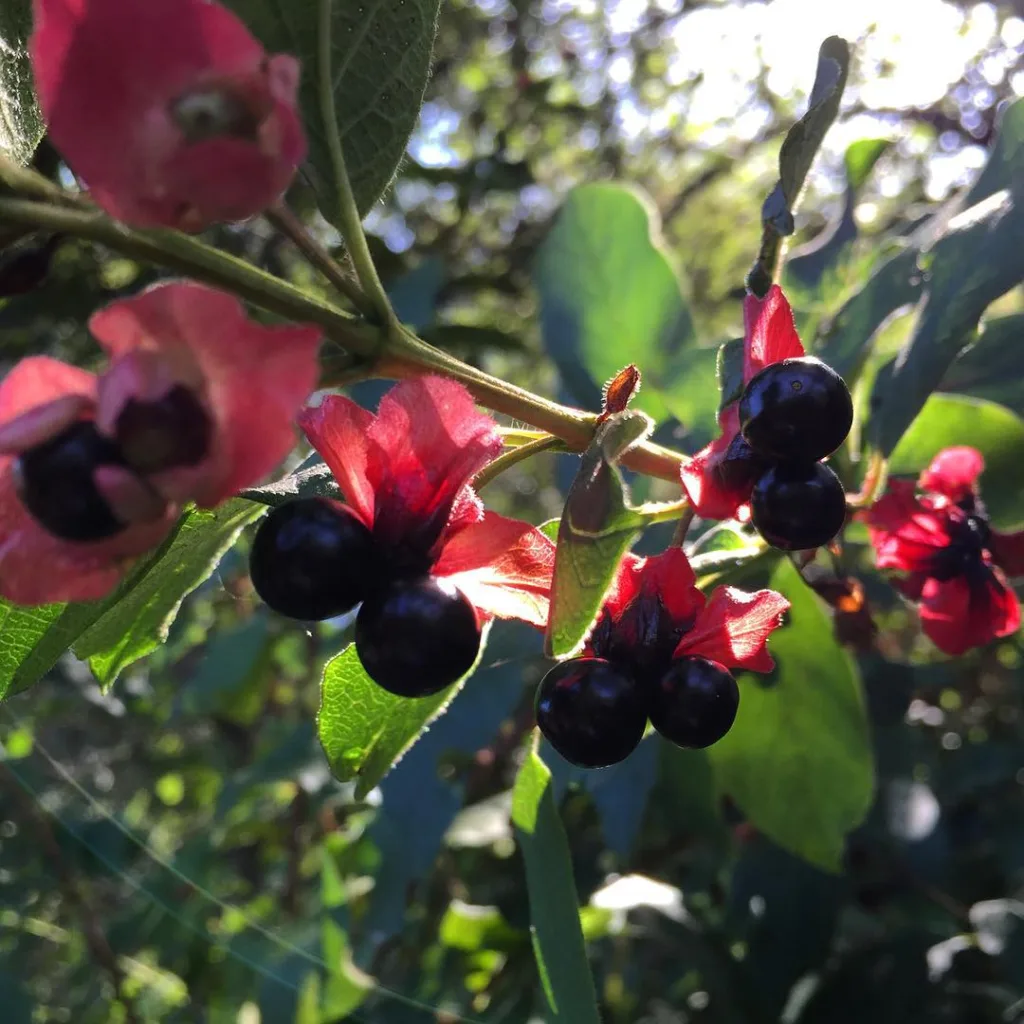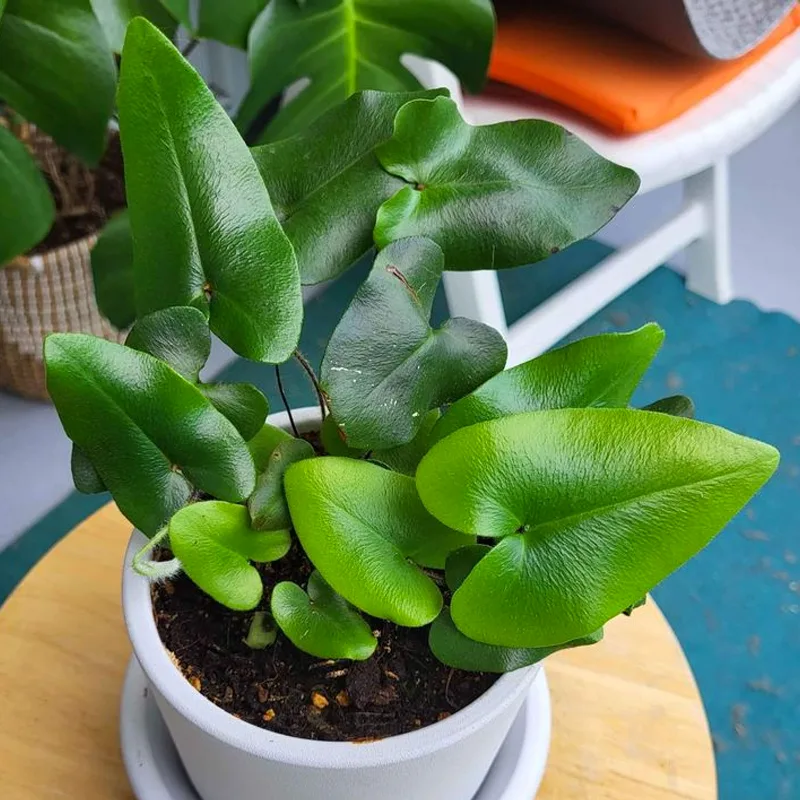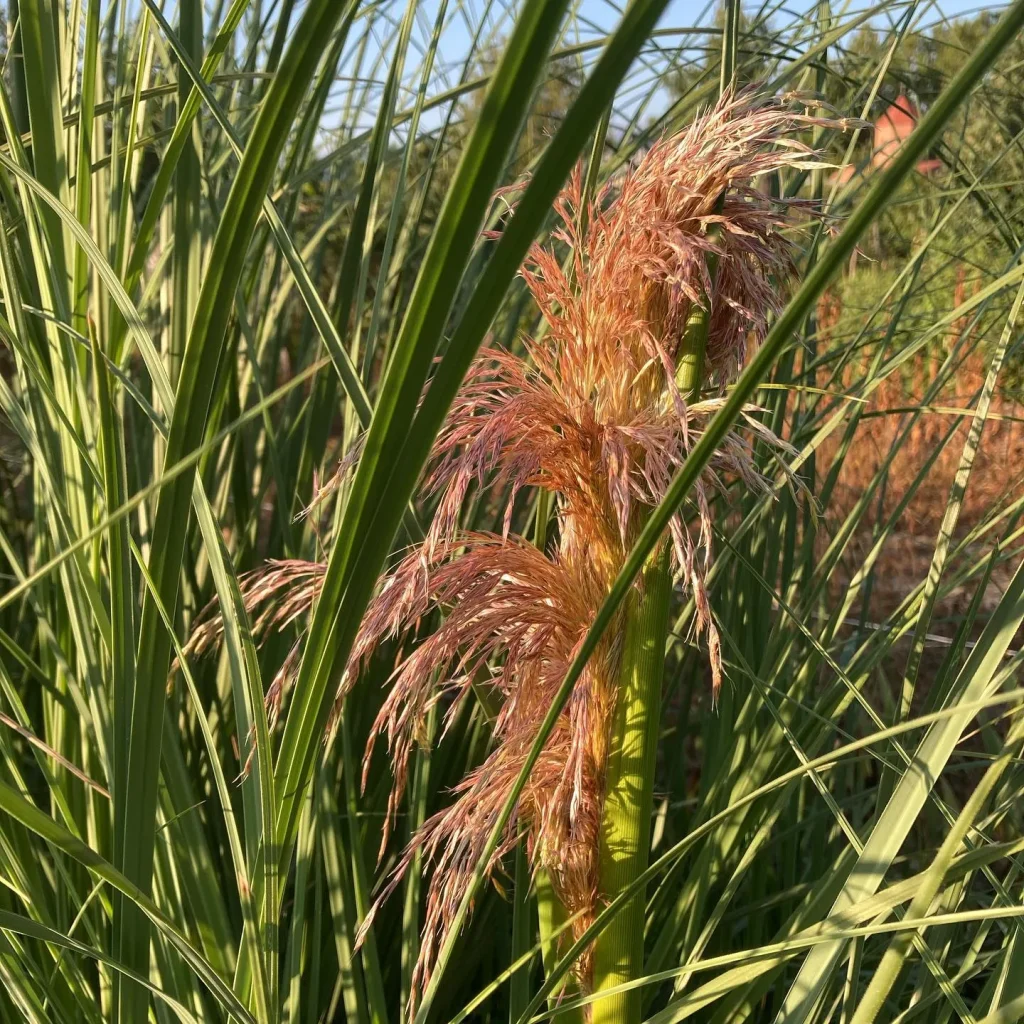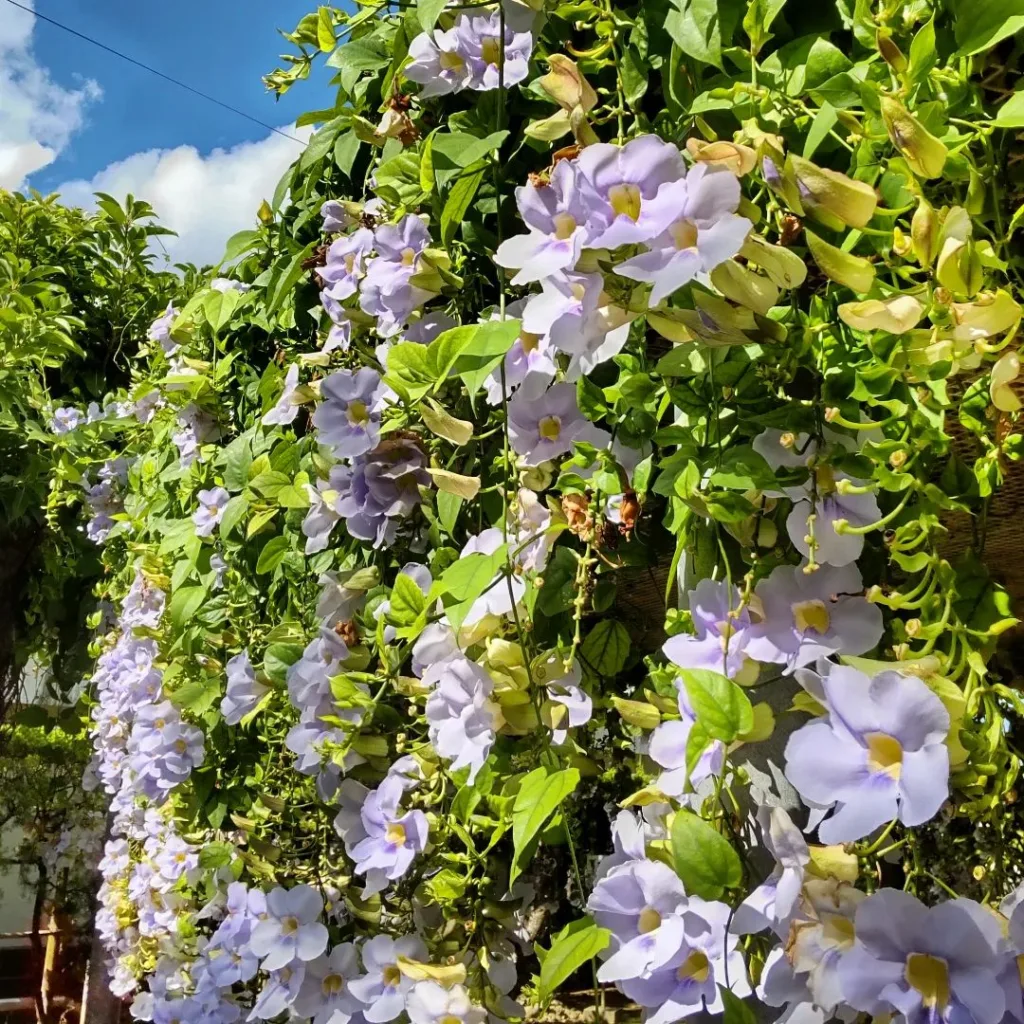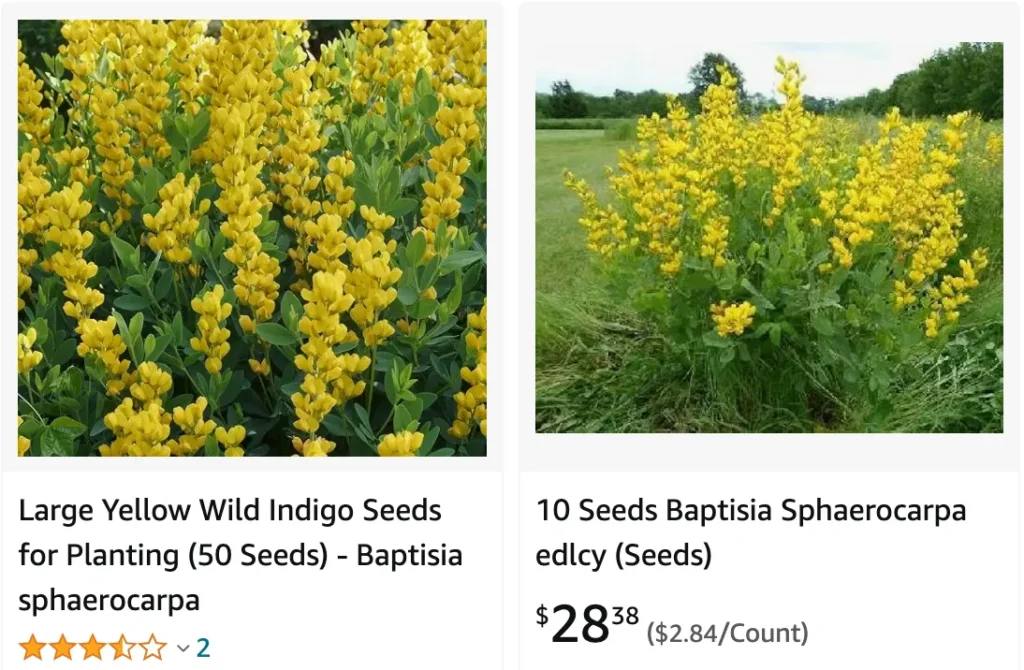
All About Baptisia Sphaerocarpa: A Gardener’s Guide
I’m Ferb Vu, and I’m here to answer your questions about Baptisia sphaerocarpa, also known as Yellow Wild Indigo. This stunning perennial is a favorite among gardeners for its vibrant blooms, low-maintenance nature, and resilience.
Whether you’re a seasoned plant enthusiast or just starting your gardening journey, Baptisia sphaerocarpa can be a valuable addition to your landscape. Let’s dive into some common questions about this remarkable plant.
25 Species in Genus Baptisia
What is Baptisia sphaerocarpa?
Baptisia sphaerocarca is a native North American wildflower belonging to the Fabaceae or legume family. It boasts beautiful, pea-like flowers in a cheerful yellow hue. The plant forms a rounded, mounding shape, reaching heights of 2-3 feet and a similar spread.
Baptisia sphaerocarpa thrives in full sun to part shade and is known for its exceptional drought tolerance. Once established, it requires minimal care, making it a perfect choice for busy gardeners or those living in hot, dry climates.
How Does Baptisia Sphaerocarpa Compare to Other Baptisia Varieties?
There are over 20 species within the Baptisia genus, each offering unique characteristics. Here’s a quick comparison of Baptisia sphaerocarpa to some popular varieties:
- Baptisia australis (Blue Wild Indigo): This variety boasts indigo-blue flowers, contrasting beautifully with Baptisia sphaerocarpa’s yellow blooms. It reaches a taller stature, maturing at 3-4 feet.
- Baptisia ‘Carolina Moonshine’ (False Indigo): This cultivar is prized for its bi-colored blooms, featuring soft yellow petals with a central, creamy-white flare. It’s a compact choice, growing only 2-3 feet tall.
- Baptisia ‘Purple Smoke’ (False Indigo): True to its name, this variety produces stunning purple flowers with a smoky, silvery sheen. It’s a taller option, reaching 4-5 feet in height.
Choosing the right Baptisia for your garden depends on your desired flower color, plant size, and overall aesthetic preference. All Baptisia varieties share similar low-maintenance needs and provide excellent drought tolerance.
How to plant and care for Baptisia Sphaerocarpa?
Planting Baptisia sphaerocarpa is a breeze. Here’s what you need to know:
- Timing: Plant your Baptisia sphaerocarpa any time the ground isn’t frozen, ideally in early spring or mid-summer when the plant is actively growing roots.
- Location: Choose a well-drained spot with full sun to part shade. Baptisia sphaerocarpa tolerates a wide range of soil types but thrives in sandy or loamy soil.
- Planting: Dig a hole twice the width of the root ball and amend the soil with some compost if needed. Plant your Baptisia at the same depth it was growing in the container. Water deeply after planting.
Watering and Feeding Baptisia Sphaerocarpa
Once established, Baptisia sphaerocarpa is incredibly drought tolerant. Regular watering is only necessary during prolonged dry spells or during the first year after planting while the plant establishes its roots.
Fertilizing Baptisia sphaerocarpa is generally not required. However, if your plant appears weak or shows stunted growth, you can give it a light feeding with a balanced fertilizer in early spring.
Pruning and Maintenance for Baptisia Sphaerocarpa
Baptisia sphaerocarpa requires minimal maintenance. You can cut back the old flowering stems to the ground level any time after the first hard frost. This will encourage new growth and improve the plant’s appearance in the spring.
Common Pests and Diseases of Baptisia Sphaerocarpa
Baptisia sphaerocarpa is generally resistant to pests and diseases. However, keep an eye out for:
- Aphids: These soft-bodied insects can suck the sap from your plant. You can control them with insecticidal soap or neem oil.
- Deer: While Baptisia sphaerocarpa is generally deer resistant, hungry deer may occasionally browse on the foliage. Repellents or physical barriers can be used for deterring them.
Propagation of Baptisia Sphaerocarpa
Propagating Baptisia sphaerocarpa can be done through seeds or division.
- Seed Propagation: Seeds require cold stratification for germination. Sow them in pots filled with a well-draining potting mix in late fall or early winter and leave them outdoors for several weeks. Germination can be slow, taking up to several months.
- Division: This method is best done in early spring or fall. Carefully dig up a mature Baptisia sphaerocarpa and use a sharp spade to divide the root ball into sections, each with healthy roots and buds. Replant the divisions in prepared soil and water them well.
Baptisia Sphaerocarpa: Beyond the Basics
Now that we’ve covered the essentials, let’s explore some additional aspects of Baptisia sphaerocarpa:
- Wildlife Benefits: Baptisia sphaerocarpa provides a valuable habitat for pollinators like butterflies and bees. The flowers attract these beneficial insects, supporting a healthy ecosystem in your garden. Additionally, the plant serves as a host plant for the Wild Indigo Duskywing, a beautiful butterfly native to North America.
- Companion Planting: Baptisia sphaerocarpa pairs well with a variety of plants. Consider including ornamental grasses like Miscanthus sinensis for textural contrast, or low-growing perennials like Nepeta x faassenii (Catmint) to create a colorful groundcover. You can also combine Baptisia sphaerocarpa with summer-blooming perennials like Rudbeckia fulgida (Black-Eyed Susan) for a vibrant display throughout the season.
- Potential Downsides: While generally low-maintenance, Baptisia sphaerocarpa can be slow to establish in the first year. Be patient and provide consistent watering during this period. Additionally, the spent flower pods can be somewhat unsightly. If you prefer a tidier look, deadheading (removing spent blooms) after flowering is an option.
Conclusion: Baptisia Sphaerocarpa – A Rewarding Addition to Your Garden
Baptisia sphaerocarpa is a low-fuss perennial that offers a wealth of benefits for gardeners. Its cheerful yellow blooms, drought tolerance, and minimal care requirements make it a perfect choice for sunny borders, meadows, or native plant gardens.
If i die, water my plants!
